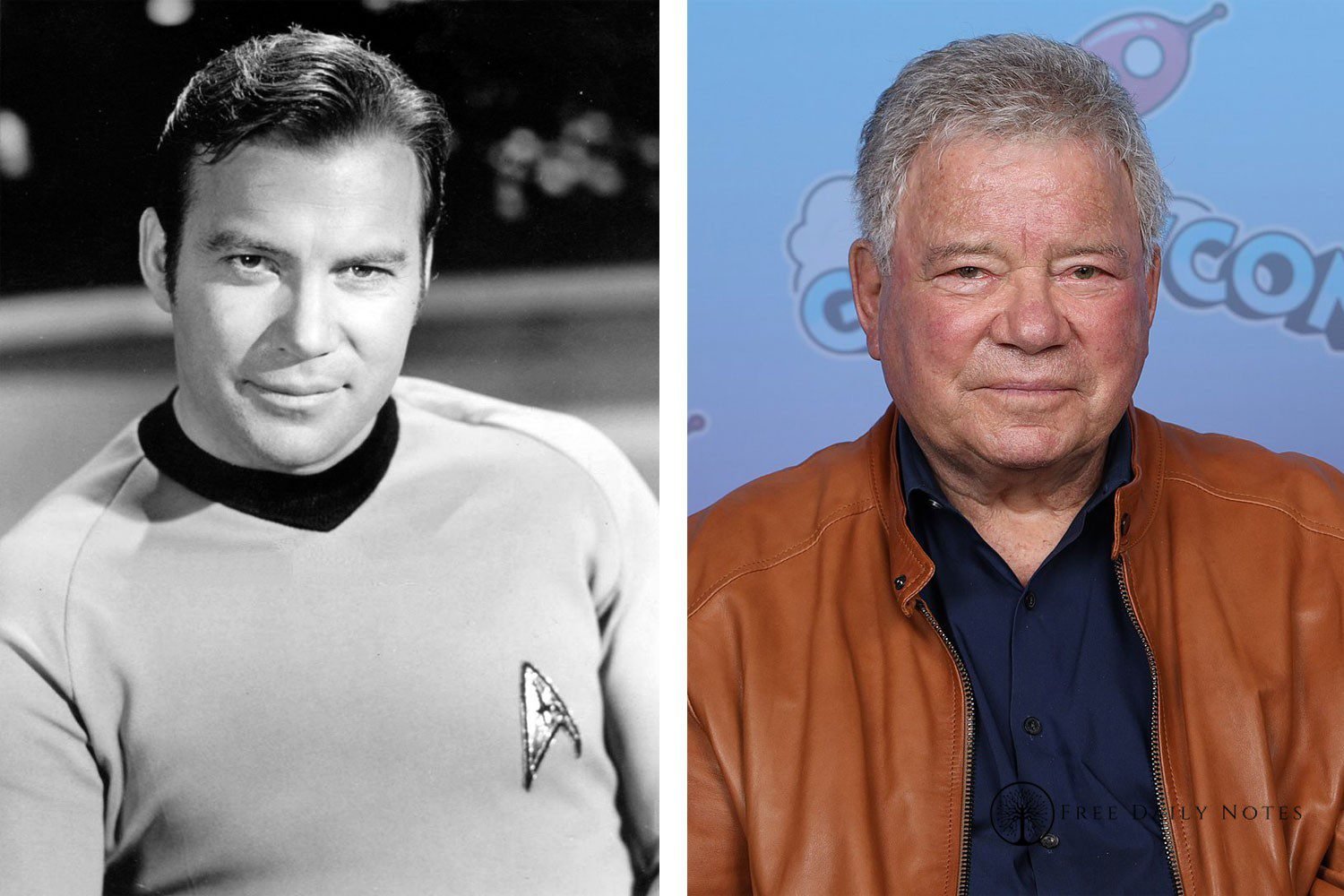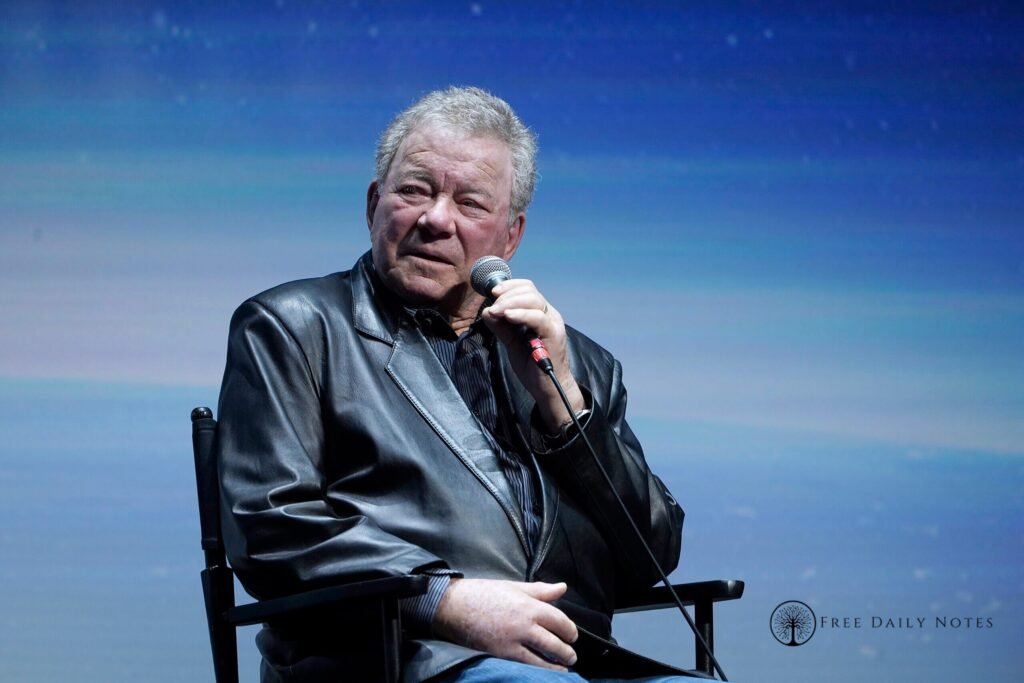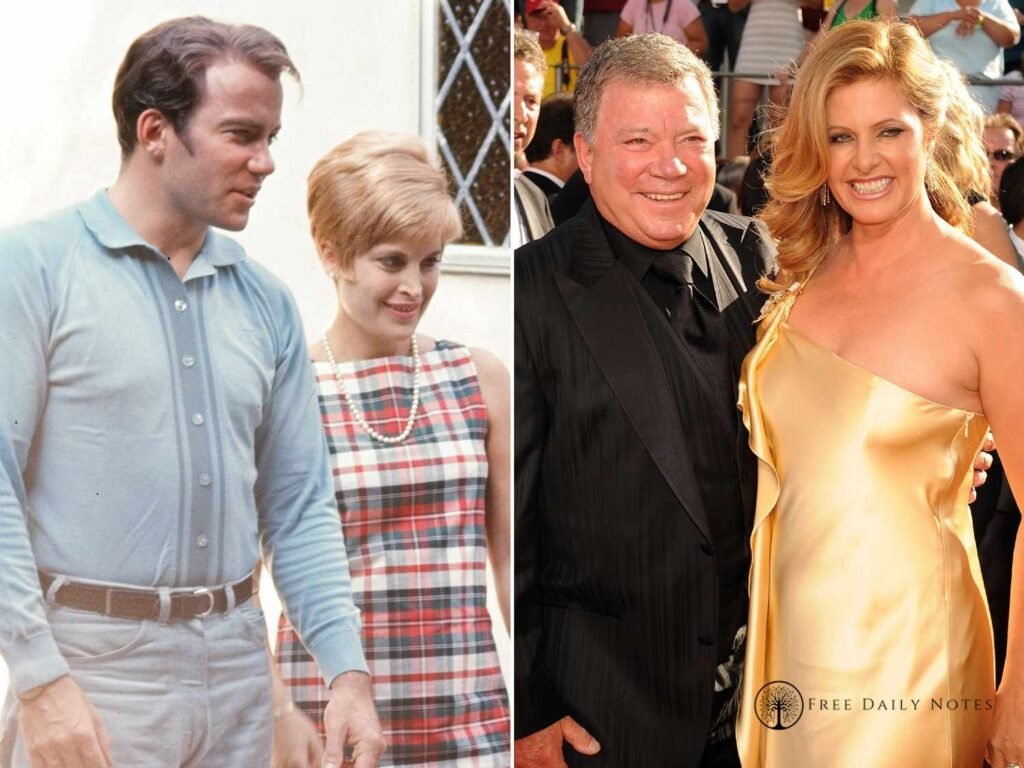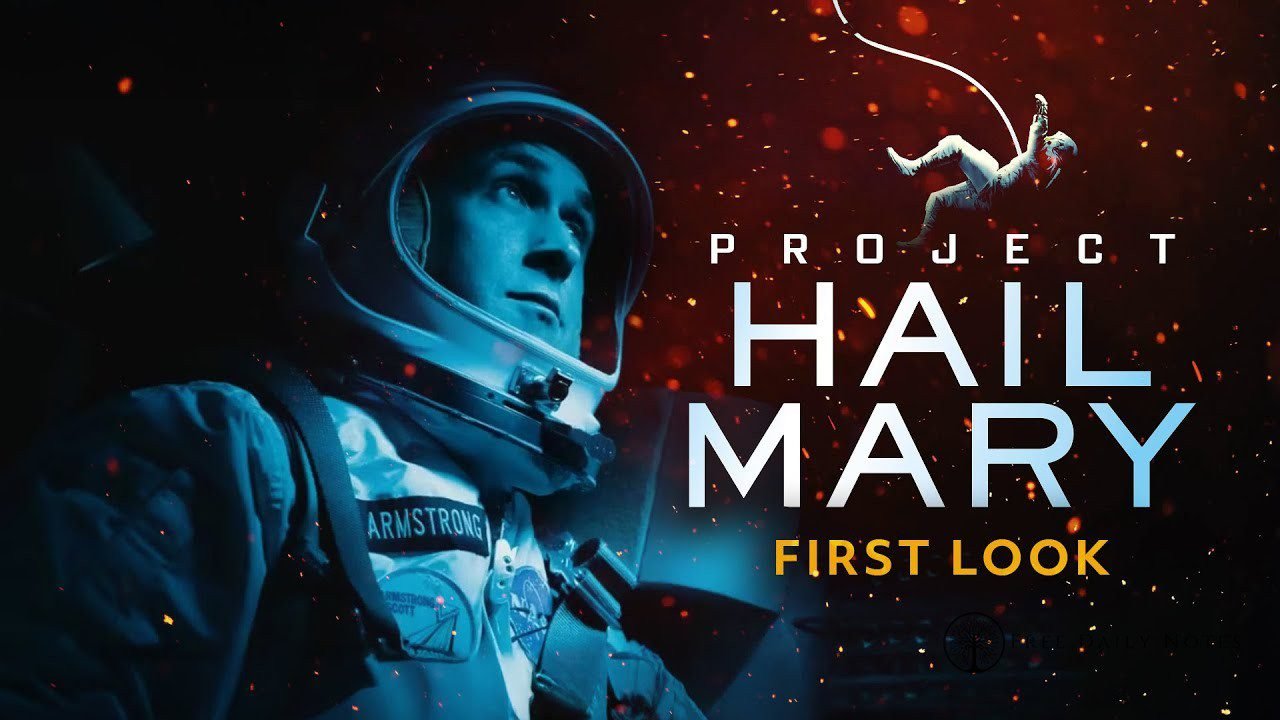
I was ten years old when I first saw William Shatner command the bridge of the Enterprise. Sitting cross-legged on my grandparents’ shag carpet, bowl of Cheerios balanced precariously on my lap, I was mesmerized by this larger-than-life captain who spoke… with such… distinctive… pauses. Little did I know then that this same man would, decades later, actually travel to space himself. Life really does have a funny way of coming full circle, doesn’t it?
Shatner’s career is like one of those highways that seems to go on forever, with unexpected detours and scenic overlooks that keep you guessing what’s around the next bend. From Shakespearean stage actor to sci-fi icon, from commercial pitchman to spoken-word artist, from director to author to horse breeder—honestly, trying to pin down William Shatner’s “thing” is like trying to nail Jell-O to a wall.
And yet, there’s something undeniably compelling about the man. Something that’s kept him relevant from the 1960s all the way to today. Let’s take a closer look at the enigma that is Bill Shatner.
The Many Lives of William Shatner | From Stage to Space
Born in Montreal, Quebec on March 22, 1931—yes, that makes William Shatner now in his 90s, which is mind-boggling when you see his energy level—Shatner started his journey in a way many wouldn’t expect: as a classically trained actor. I always find it funny when people are surprised by this fact. I mean, the man cut his teeth performing Shakespeare at the Stratford Festival of Canada! That’s hardly the resume you’d expect for someone who would later become famous for fighting rubber-suited aliens.
His early career included Broadway performances and television roles that showcased his serious dramatic chops. But then came 1966. And with it, a little show called “Star Trek.”
Wait, let me back up. It wasn’t even a “little show” when it started—it was a struggling show that NBC nearly cancelled multiple times. Star Trek only ran for three seasons initially. THREE. It’s almost incomprehensible now, considering its massive cultural footprint.
As Captain James T. Kirk, Shatner created one of television’s most iconic characters. The swagger. The intensity. The… unique… cadence of speech. Kirk wasn’t just a spaceship captain; he was humanity’s ambassador to the stars—passionate, impulsive, morally complex. And insanely quotable. “Risk… is our business!” has become my personal mantra whenever I’m facing a tough decision.
How William Shatner Redefined His Career After Star Trek

The thing about massive success in a defining role is that it can be a double-edged sword. For many actors, becoming so closely identified with a character spells career doom. But not for William Shatner. Not by a long shot.
After Star Trek’s cancellation, Shatner faced some lean years—a fact he’s been refreshingly candid about in interviews. There was a period when he was living out of his truck, taking whatever work he could get. But Shatner has this remarkable resilience about him, this refusal to be written off or categorized.
The 1980s saw him return triumphantly as Kirk in the Star Trek films, but he simultaneously began building what would become his second act: T.J. Hooker. Playing the tough-as-nails police officer showed audiences a different side of Shatner, one that wasn’t zooming through space.
But it was his third act that really showcases William Shatner’s staying power. His role as the outrageous attorney Denny Crane in “The Practice” and later “Boston Legal” earned him two Emmy Awards and introduced him to an entirely new generation. I remember watching him trade barbs with James Spader and thinking, “This guy is in his 70s and he’s stealing every scene!”
Denny Crane wasn’t just a character; he was a force of nature—politically incorrect, wildly unpredictable, and oddly touching in his vulnerability. Much like Shatner himself, come to think of it.
The Day William Shatner Actually Went to Space

October 13, 2021. Mark that date down, because it’s when science fiction and reality collided in the most beautiful way possible.
At 90 years old—NINETY!—William Shatner became the oldest person ever to travel to space, aboard Jeff Bezos’s Blue Origin New Shepard spacecraft. There’s something profoundly poetic about the man who inspired generations of astronauts, scientists, and dreamers by playing a starship captain finally getting to experience the real thing himself.
I stayed up all night to watch the live stream of the launch. Call me sentimental, but there was something about seeing Shatner’s face as he gazed down at Earth from above that brought tears to my eyes. The man who had pretended to explore strange new worlds was finally seeing our own world from a perspective few humans ever will.
His reaction upon returning was… well, pure Shatner. No scripted lines, no Captain Kirk bravado—just raw, unfiltered emotion. “What you have given me is the most profound experience I can imagine,” he told Bezos, fighting back tears. “I hope I never recover from this.”
That’s the thing about William Shatner that keeps drawing me back—beneath all the self-awareness, the occasional camp, the dramatic pauses—there’s this genuine, almost childlike sense of wonder about him. He feels things deeply. And he’s not afraid to let us see it.
William Shatner Beyond the Screen | Books, Music, and Horses

You’d think that conquering television, film, and actual space would be enough for one lifetime. But that’s not how William Shatner rolls. The man has written or co-written over 30 books—science fiction novels, memoirs, and even a series of novels based on his TekWar concept that was later adapted for television.
His autobiography “Up Till Now” is a fascinating read—not just for the behind-the-scenes Hollywood stories (though there are plenty), but for its surprisingly thoughtful reflections on fame, aging, and purpose. Shatner writes like he speaks—with energy, humor, and those occasional profound insights that catch you off guard.
Then there’s his music. Oh boy, his music. Look, I’ve got to be honest here—William Shatner’s 1968 album “The Transformed Man” is an experience. His dramatic spoken-word interpretations of songs like “Lucy in the Sky with Diamonds” have been both ridiculed and celebrated over the years. But you know what? There’s something admirably fearless about a man willing to put himself out there like that, critics be damned.
And his later musical collaborations—with Ben Folds on “Has Been” in 2004, and his prog rock album “Seeking Major Tom” in 2011—show a willingness to evolve and experiment that many artists half his age lack.
I haven’t even touched on his passion for horses. Shatner is an accomplished equestrian who has bred and shown American Saddlebreds for decades. His annual Hollywood Charity Horse Show has raised millions for children’s charities. There’s something wonderfully incongruous about picturing Captain Kirk in riding breeches, isn’t there?
The Cultural Impact of William Shatner
It’s hard to overstate William Shatner’s influence on American pop culture. He’s one of those rare figures who has remained relevant across multiple generations—reinventing himself again and again while somehow remaining essentially Shatner.
From his early days making teen girls swoon as Captain Kirk to becoming an internet favorite with younger generations through his Twitter presence and self-aware commercial appearances, Shatner has navigated the shifting cultural landscape with remarkable agility.
He’s been parodied countless times—sometimes cruelly, sometimes affectionately—and has shown a remarkable ability to laugh at himself. His hosting gig on “Raw Nerve” revealed a surprisingly thoughtful interviewer. His spoken-word performances of everything from Palin speeches to Cee Lo Green songs showcase his willingness to play with his own image.
I think what’s most remarkable about William Shatner’s cultural staying power is how he’s managed to embrace the caricature of “William Shatner” while simultaneously transcending it. He knows we’re sometimes laughing at his distinctive delivery or his occasional over-the-top performances, but he’s in on the joke—and then he’ll turn around and deliver something so genuine and heartfelt that it stops the laughter in your throat.
In a 2021 interview I can’t stop thinking about, Shatner reflected on mortality: “I’m aware that I’m 90. I’m aware that my time is limited. I’m aware that, like the show tonight, it’s over in the blink of an eye.” There’s something about hearing Captain Kirk—this symbol of strength and adventure—acknowledge his vulnerability that hits you right in the gut.
The truth is, there will never be another William Shatner. In an age of carefully crafted celebrity personas, his authenticity—his willingness to try and fail and try again, to be both the joke and the punchline, to remain curious and passionate into his 90s—sets him apart.
Frequently Asked Questions
How old is William Shatner, and is it true he went to space?
Yes, William Shatner really did go to space at the age of 90! Born on March 22, 1931, Shatner became the oldest person to travel to space when he flew aboard Blue Origin’s New Shepard spacecraft on October 13, 2021. The flight lasted about 10 minutes, reaching an altitude of just over 66 miles. Upon returning, Shatner was visibly moved by the experience, describing the contrast between the “life and nurturing” of Earth and the “blackness and death” of space. Talk about life imitating art for the original Captain Kirk!
What are William Shatner’s most famous roles besides Captain Kirk?
While Captain Kirk is undoubtedly William Shatner’s most iconic role, he’s had several other memorable characters throughout his seven-decade career. His portrayal of Denny Crane in “Boston Legal” (2004-2008) earned him two Emmy Awards and a Golden Globe. He starred as police sergeant T.J. Hooker in the 1980s action series of the same name. Many also remember him as the Priceline Negotiator in a series of popular commercials. More recently, he hosted “The UnXplained” on History Channel and appeared as himself in various documentaries and reality shows. The man simply doesn’t stop working!
Did William Shatner really have a feud with George Takei and other Star Trek cast members?
The relationship between William Shatner and his Star Trek co-stars has indeed been complicated. George Takei (who played Sulu) has publicly spoken about tensions with Shatner during and after the show’s production. Similar sentiments have been expressed by the late Leonard Nimoy (Spock) and Walter Koenig (Chekov) at various times. Shatner has acknowledged these conflicts in his memoirs but has sometimes offered different perspectives on their origins.
What books has William Shatner written that are worth reading?
William Shatner has been surprisingly prolific as an author, with over 30 books to his name! For autobiography fans, “Up Till Now” (2008) offers candid insights into his life and career, while “Live Long And…What I Learned Along the Way” (2018) focuses on his reflections on aging and mortality. Science fiction enthusiasts might enjoy his “TekWar” series, which began in 1989 and spawned nine novels plus a television adaptation.
Why is William Shatner’s speaking style so distinctive, and does he really talk that way?
William Shatner’s famous… dramatic… pauses and unusual emphasis patterns have become so legendary they’re regularly parodied. The origins of this distinctive cadence are multiple: part theatrical training (Shatner began as a Shakespearean actor), part necessity (on Star Trek, he reportedly sometimes had to pause to remember lines or wait for special effects cues), and part intentional dramatic choice. Does he speak this way in real life? Yes and no. In casual interviews, Shatner’s natural speech is more conversational, though still energetic and expressive. However, when performing or making public appearances, he often leans into the speech pattern audiences expect. It’s become part of his brand, and Shatner—ever the showman—knows how to give his audience what they want.
What is William Shatner doing now at his advanced age?
Despite being in his 90s, William Shatner remains remarkably active. He continues to make TV appearances, attend conventions, and engage with fans on social media. His documentary “You Can Call Me Bill” premiered in 2023, offering an introspective look at his life and career. He remains involved with his annual Hollywood Charity Horse Show, which raises money for children’s charities. Shatner also continues to write, with new books published regularly. After his space flight in 2021, he’s become an advocate for environmental awareness, often speaking about the perspective he gained seeing Earth from above. In interviews, he consistently expresses his philosophy of staying curious and engaged, famously saying, “I don’t want to retire. I want to work until I drop.”










